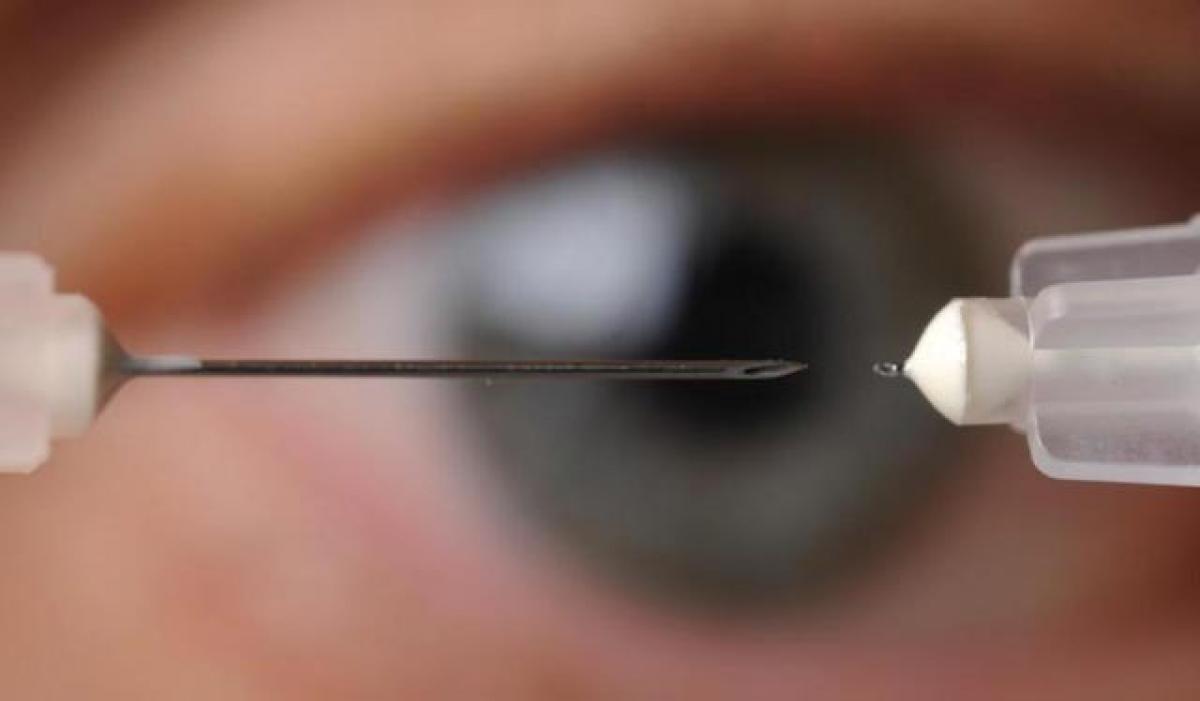Stem cells injection could ward off glaucoma

An infusion of stem cells harvested from a patient\'s own skin could help restore proper drainage for fluid-clogged eyes at risk of glaucoma, a study says.
An infusion of stem cells harvested from a patient's own skin could help restore proper drainage for fluid-clogged eyes at risk of glaucoma, a study says. When fluid accumulates in the eye, the increase in pressure could lead to glaucoma. The disease damages the optic nerve and can result in blindness.
The researchers injected stem cells into the eyes of mice with glaucoma. The influx of cells regenerated the tiny, delicate patch of tissue known as the trabecular meshwork, which serves as a drain for the eyes to avoid fluid buildup. "We believe that replacement of damaged or lost trabecular meshwork cells with healthy cells can lead to functional restoration following transplantation into glaucoma eyes," said lead researcher Markus Kuehn from University of Iowa in the US.
One potential advantage of the approach is that the type of stem cells used - called induced pluripotent stem cells - could be created from cells harvested from a patient's own skin. That gets around the ethical quandary of using fetal stem cells, and it also lessens the chance of the patient's body rejecting the transplanted cells. Kuehn's team was able to get the stem cells to grow into cells like those of the trabecular meshwork by culturing them in a solution that had previously been "conditioned" by actual human trabecular meshwork cells.
The researchers were encouraged to see that the stem cell injection led to a proliferation of new endogenous cells within the trabecular meshwork.
In other words, it appears the stem cells not only survived on their own, but coaxed the body into making more of its own cells within the eye, thus multiplying the therapeutic effect. The team measured the effects in the mice nine weeks after the transplant.
Laboratory mice generally live only two or three years, and nine weeks is roughly equal to about five or six years for humans. The researchers say they are confident that their findings hold promise for the most common form of glaucoma, known as primary open angle glaucoma. They are not sure yet if their mouse model is as relevant for other forms of the disease. The findings were published in the journal Proceedings of the National Academy of Sciences.




















